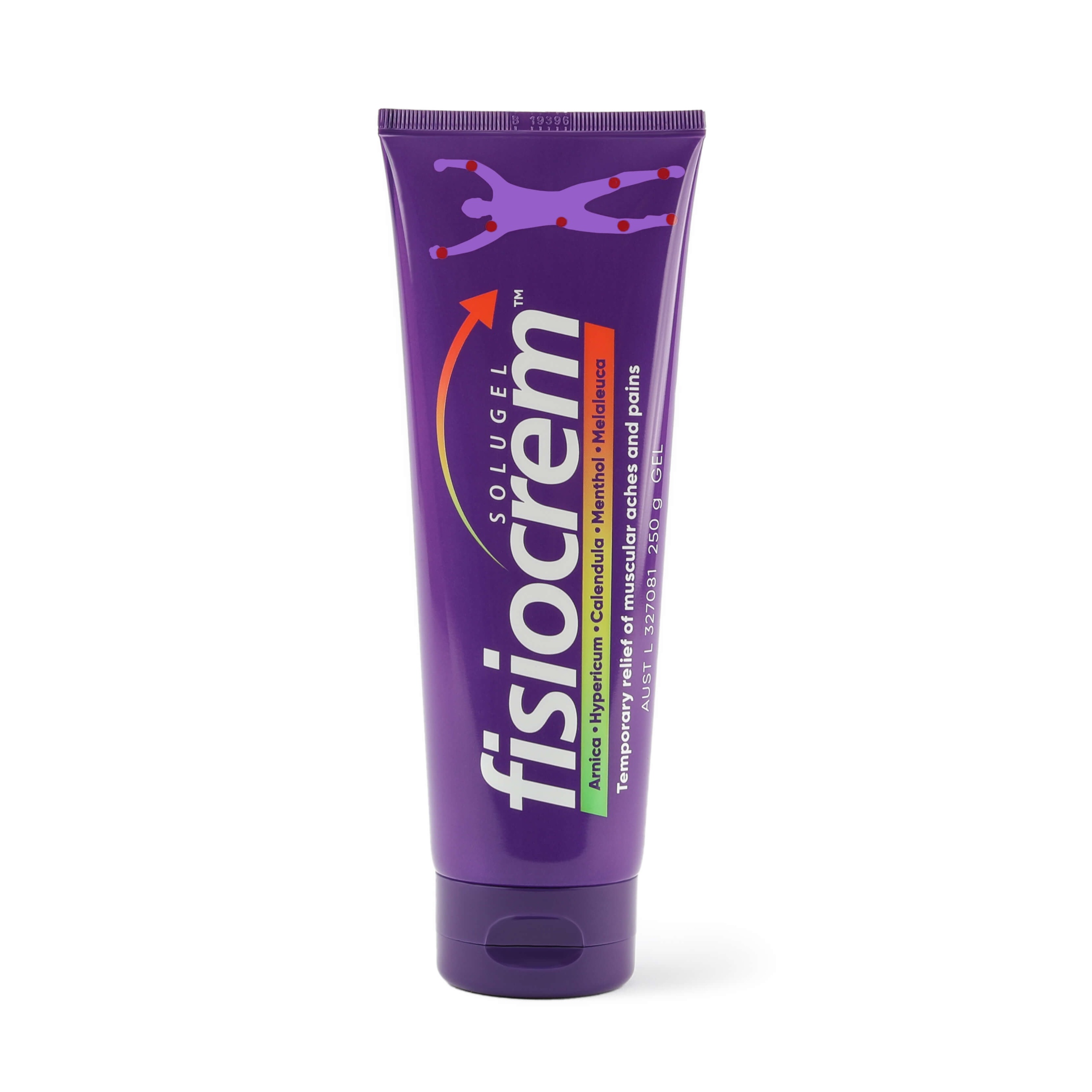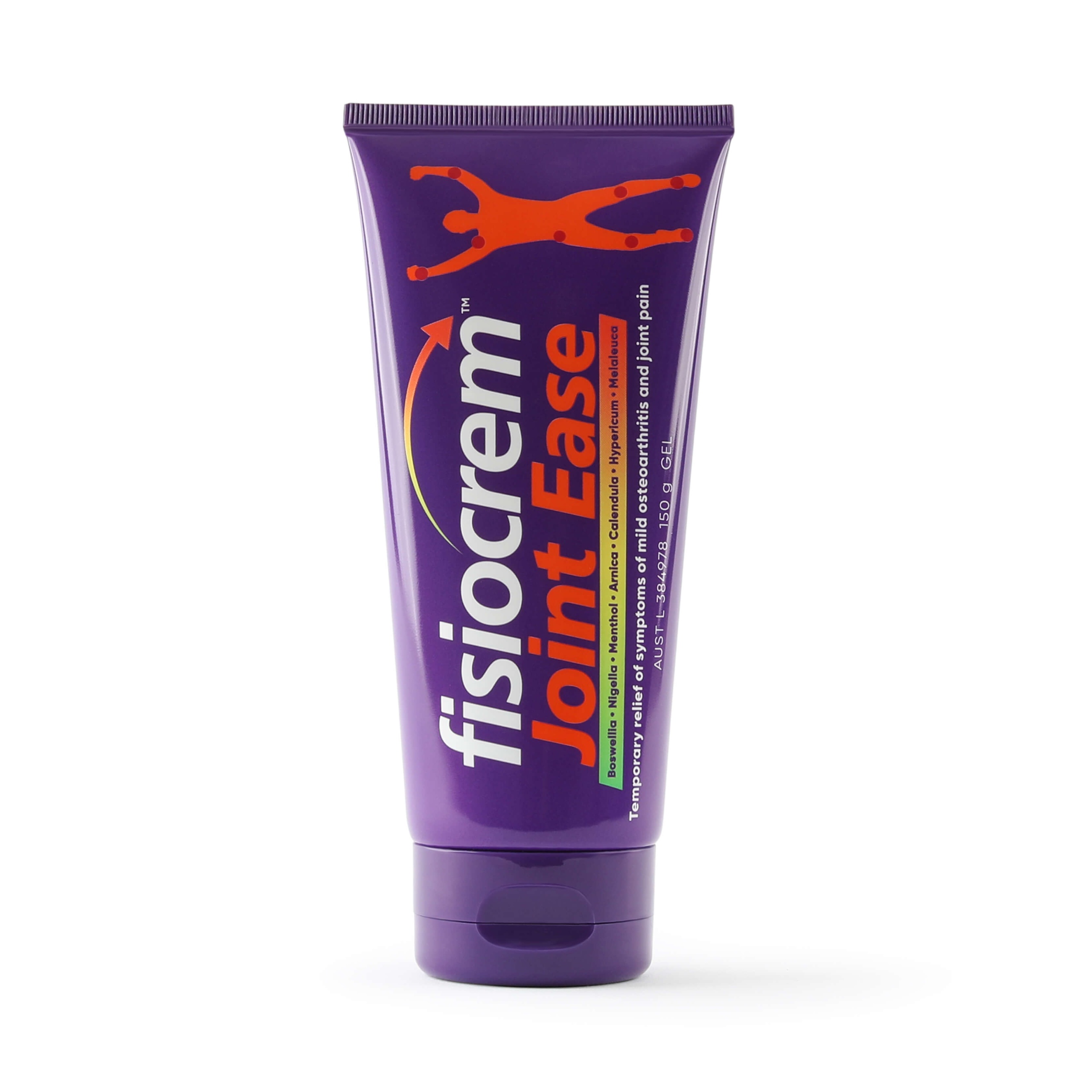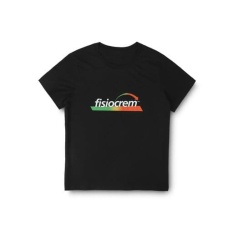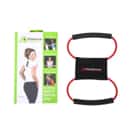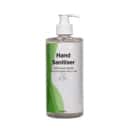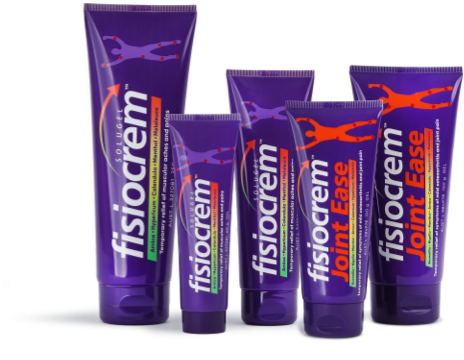Persistent shoulder pain can result from tendon tears, strains, dislocations, joint instability, fractures, mild arthritis, and other causes of degenerative joint disease or from injury (Mesilin RJ, Sperling JW, Stitik TP. 2005).
Tendons are the tissues that connect muscles to bones, and they can sometimes become inflamed or torn causing a partial or complete tear. Shoulder pain is a common symptom of tendon inflammation.
Joint instability, also known as a dislocated shoulder, can occur when the upper arm bone is forcefully pushed out of its socket, causing ligament and tendon damage that may lead to repeated dislocations and pain.
Shoulder fractures, which can be caused by accidents or falls, often involve the clavicle, scapula, or upper arm bone and may require immobilisation with a cast or sling during the healing process.
Mild arthritis of the shoulder joint can occur in numerous forms, including mild osteoarthritis resulting in shoulder pain (Murphy, R., & Carr, A. 2010).
fisiocrem Joint Ease is for the temporary relief of symptoms associated with mild osteoarthritis, mild arthritis and joint pain.
Treatment for shoulder pain
- Physiotherapy & exercise therapy is often the first line of management for shoulder pain (Green, S., Buchbinder, R., & Hetrick, S. 2003). Exercise can assist with short-term recovery from shoulder tears, and can provide longer-term benefits with respect to function (Green, S., Buchbinder, R., & Hetrick, S. 2003). A combination of mobilisation with exercise can provide additional benefits when compared to just exercise alone for shoulder tears (Green, S., Buchbinder, R., & Hetrick, S. 2003).
- Non-steroidal anti-inflammatory drugs (NSAIDs) such as topical pain relief gels and creams help relieve inflammation and will assist in providing temporary shoulder pain relief (Brox, J. 2003).
- Ice helps to temporarily relieve pain. It is recommended to ice the shoulder for 20-30 minutes as often as every two hours (Greenberg, D. 2014).
- Avoid activities that inflame and aggravate the shoulder.
Risk factors
A person’s occupation can increase their risk of experiencing shoulder pain. Occupations as diverse as construction work and hairdressing are commonly associated with a higher risk of shoulder problems (Mitchell, C., Adebajo, A., Hay, E., & Carr, A. 2005). Physical factors such as lifting heavy loads, repetitive movement in awkward positions, and vibrations influence the level of symptoms and disability (Mitchell, C., Adebajo, A., Hay, E., & Carr, A. 2005).
Shoulder pain in the workplace is commonly associated with job strain: as a result of poor workplace ergonomics as well as completing work with elevated arms and or hand tools.
Inflammation of the shoulder tendons can occur due to excessive overloading, instability, and muscle imbalance. Risk factors can include ageing and musculoskeletal disease (Murphy, R., & Carr, A. 2010).
Stiffness and pain in the shoulder joint restricts movement and is a common cause of shoulder pain. Risk factors for an increased risk of shoulder stiffness include being female, older age, shoulder trauma and surgery, diabetes, and certain diseases (Murphy, R., & Carr, A. 2010).
Shoulder pain can also arise after a stroke (Murphy, R., & Carr, A. 2010).
Prevention
Many shoulder problems arise due to repetitive motion within the arms or a lack of strength and mobility (Greenberg, D. 2014).
If you are experiencing work-related shoulder pain symptoms you should undergo an ergonomic review to reduce potential risks of injury (Greenberg, D. 2014).
An ergonomic workplace and work position should involve changing between sitting, standing and walking on a regular basis. Within your workspace you should place regularly used items within close proximity to avoid overreaching, having good posture, adjustable chairs and desks, correct keyboard and mouse positions, looking around, and more.
Shoulder Pain Exercises
It is important to keep moving and get strength back after experiencing shoulder problems. Exercises you can perform to help regain your range of motion include:
- Across the chest stretch
- Neck release
- Chest expansion
- Eagle arms spinal rolls
Learn how to perform these exercises for shoulder pain and tightness.
Stretches for shoulder pain should be held for 20-30 seconds as they can help improve range of motion within the shoulder. This stretch should be gentle and should not be sore or uncomfortable. Aim to perform 2-3 sets of stretches around 2-3 times a day.
Studies have identified that strength training that relies on progressive overload can be successful in reducing neck and shoulder pain (Zebis, M., Andersen, L., Pedersen, M., Mortensen, P., Andersen, C., & Pedersen, M. et al. 2011). Learn some strength exercises.
Please remember that when getting back into exercise, take it easy. You may not be able to return to your usual exercise levels immediately and improvements may be slow to start. Be sure to listen to your body and stop these exercises if your symptoms worsen or if they cause new pain.
You should see your general practitioner or other health care professional for further advice if:
- your shoulder pain doesn’t improve or worsens
- your joint area appears deformed
- you are experiencing an inability to use the joint and or move your arm away from your body






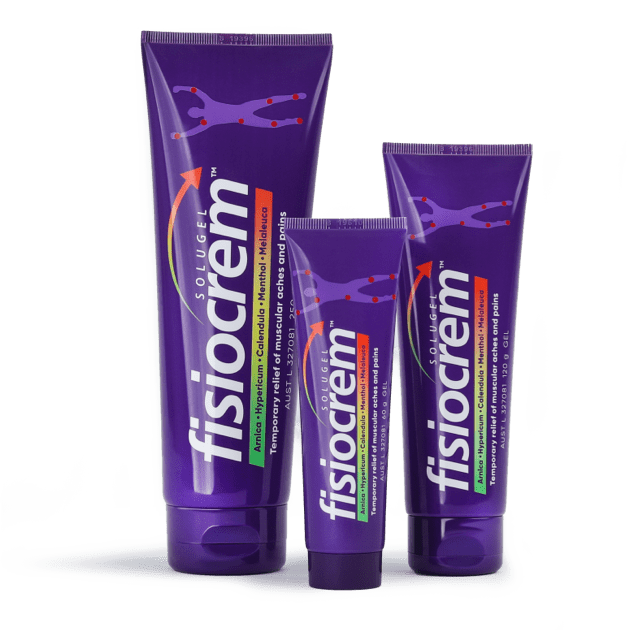
For the temporary relief of muscular aches and pains.
fisiocrem Solugel is a topical muscle pain relief gel containing menthol and naturally derived active ingredients of arnica, hypericum (St John’s wort), calendula, and melaleuca for the temporary relief of muscular aches and pains. fisiocrem Solugel can reduce inflammation, and assist in providing temporary relief for neck and shoulder pain. fisiocrem Solugel helps relieve mild muscle spasms and twitches and helps to relieve muscle strain.
Shop fisiocrem Solugel for muscle pain.
For the temporary relief of symptoms associated with mild osteoarthritis and joint pain.
fisiocrem Joint Ease has been formulated to relieve symptoms associated with mild arthritis, mild osteoarthritis, and joint pain. fisiocrem Joint Ease contains menthol and naturally-derived active ingredients of boswellia, nigella, arnica, calendula, hypericum, and melaleuca. fisiocrem Joint Ease can help relieve shoulder pain that is related to joints and mild arthritis.
Shop fisiocrem Joint Ease for joint pain.



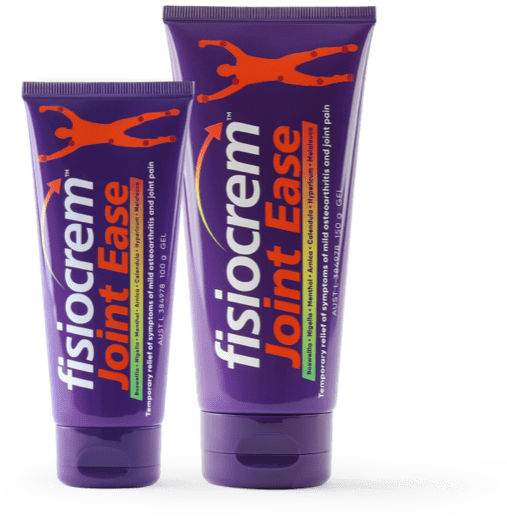
Citations
- Mesilin RJ, Sperling JW, Stitik TP. (2005). Persistent shoulder pain: epidemiology, pathophysiology, and diagnosis. American Journal of Orthopedics (Belle Mead, N.J.). 2005. https://europepmc.org/article/med/16450690?
- Greenberg, D. (2014). Evaluation and Treatment of Shoulder Pain. Medical Clinics Of North America, 98(3), 487-504. doi: 10.1016/j.mcna.2014.01.016
- Green, S., Buchbinder, R., & Hetrick, S. (2003). Physiotherapy interventions for shoulder pain. Cochrane Database Of Systematic Reviews, 2013(3). doi: 10.1002/14651858.cd004258
- Mitchell, C., Adebajo, A., Hay, E., & Carr, A. (2005). Shoulder pain: diagnosis and management in primary care. BMJ, 331(7525), 1124-1128. doi: 10.1136/bmj.331.7525.1124
- Brox, J. (2003). Shoulder pain. Best Practice &Amp; Research Clinical Rheumatology, 17(1), 33-56. doi: 10.1016/s1521-6942(02)00101-8
Trojian, T., Stevenson, H. (2002). Evaluation of shoulder pain. The journal of family practice. https://www.researchgate.net/profile/Thomas- - Trojian/publication/11225174_Evaluation_of_shoulder_pain/links/5409d5200cf2d8daaabf98e6/Evaluation-of-shoulder-pain.pdf
- Murphy, R., & Carr, A. (2010). Shoulder pain. BMJ Clinical Evidence, 2010. Retrieved from https://www.ncbi.nlm.nih.gov/pmc/articles/P
- Zebis, M., Andersen, L., Pedersen, M., Mortensen, P., Andersen, C., & Pedersen, M. et al. (2011). Implementation of neck/shoulder exercises for pain relief among industrial workers: A randomized controlled trial. BMC Musculoskeletal Disorders, 12(1). doi: 10.1186/1471-2474-12-205

